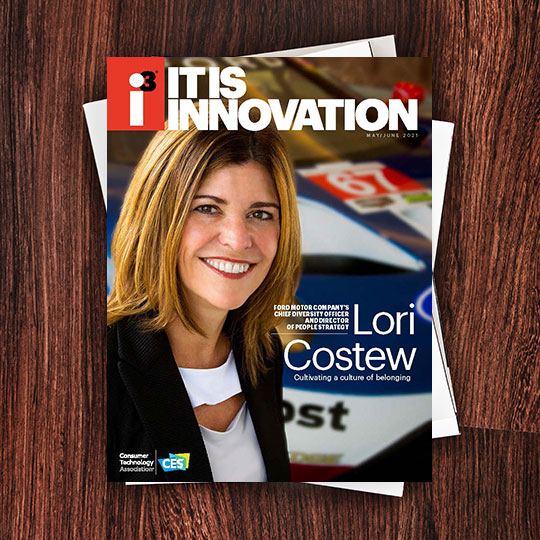Robotics is one tech area retailers are now leveraging to support business operations. From cleaning systems to inventory management, robots are focused on improving operational efficiency. For example, Sam’s Club is deploying automated floor scrubbers across its 600 stores and other retailers are following suit. Giant Food Stores has deployed ‘Marty’ — an inventory management robot — to 172 stores in four states. And across the pond outside London, Ocado Technology operates a robotic warehouse for picking and packing groceries for home delivery.
Customer service is another aspect of the retail environment where technology is transforming the in-store experience, particularly at the checkout counter. Mobile payment systems combined with a rising tide of cashierless stores are empowering customers with more options at the point of sale.
The appearance of self-checkout lanes across retail has arrived. Consider Amazon now operates more than two dozen Amazon Go convenience stores in the U.S., and recently opened its first store in the U.K. Powered by Amazon’s “Just Walk Out” technology, Go stores use a mosaic of sensors and deep learning technology to detect merchandise shoppers take from shelves and then track them in a virtual cart. Customers use the Amazon Go mobile app to enter stores and automatically pay when they leave with their goods.
The pandemic has accelerated the shift to digital shopping by roughly five years.

I3, the flagship magazine from the Consumer Technology Association (CTA)®, focuses on innovation in technology, policy and business as well as the entrepreneurs, industry leaders and startups that grow the consumer technology industry. Subscriptions to i3 are available free to qualified participants in the consumer electronics industry.